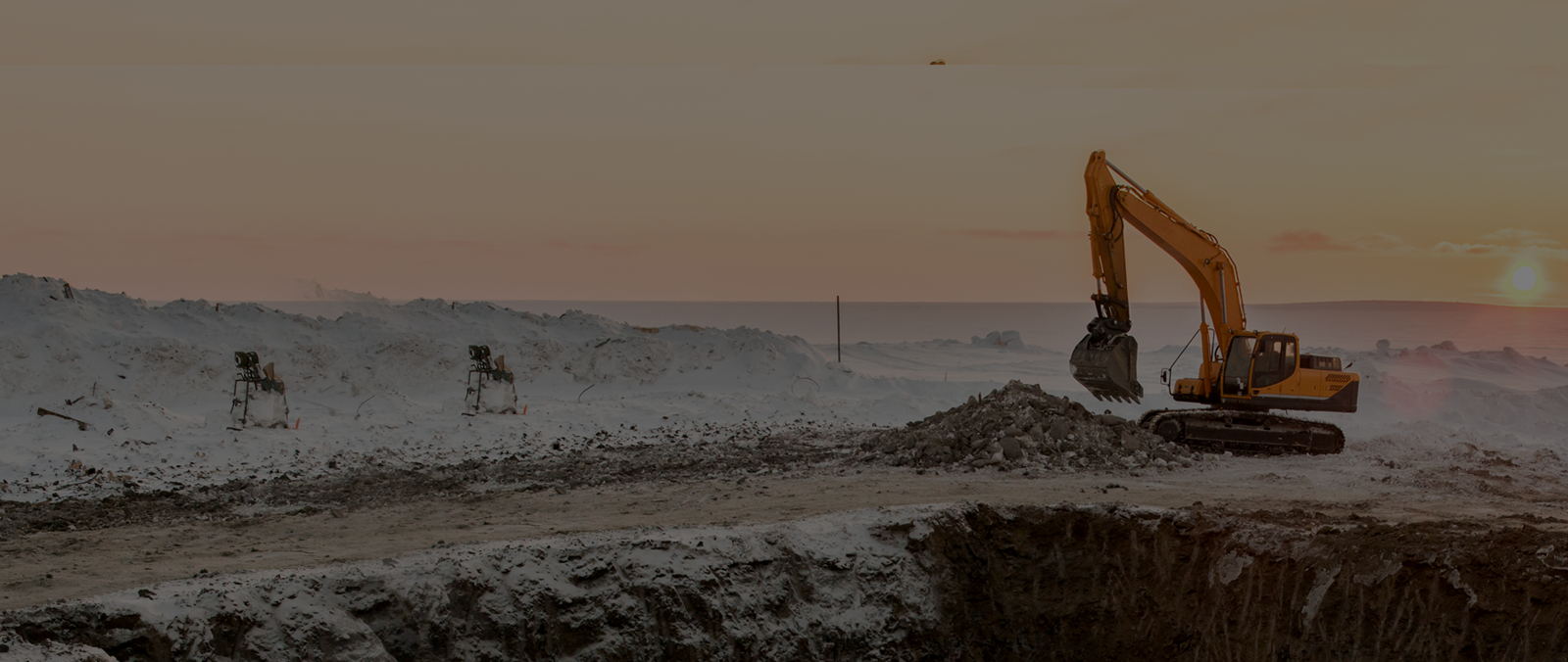
CONSTRUCTION EQUIPMENT TRACKING
Why do you need Inertial Navigation Systems for Construction Equipment Tracking?
In construction operations Inertial Navigation Systems (INS) play a role in tracking construction equipment for reasons enhancing efficiency, safety and productivity. Here are the main reasons why INS is relevant for tracking construction equipment;
- Overcoming GPS Limitations -Construction sites often present environments with obstacles such as buildings and structures that can interfere with GPS signals. Inertial Navigation Systems provide continuous and accurate positioning information in areas where GPS reception's limited, ensuring reliable tracking of equipment.
- Unmatched Precision and Accuracy - INS offers precision and accuracy when it comes to tracking the position orientation and velocity of construction equipment. This level of accuracy is crucial for tasks like grading, excavation and material handling where precise positioning of equipment directly impacts the quality and efficiency of work.
- Real time Monitoring Capabilities -Inertial Navigation Systems enable real-time monitoring of movements made by construction equipment. This feature is invaluable for construction managers and operators who require up to date information on the location and status of equipment at any given time on the construction site.
- Enabling Autonomous or Semi Autonomous Operation -INS plays a role in developing and implementing semi autonomous construction equipment. By providing navigation information autonomous machinery can operate efficiently by following defined paths while optimizing workflows, without constant human intervention.
- Enhancing Efficiency -Accurate tracking, made possible by INS enhances efficiency at construction sites. Construction managers can optimize equipment usage, monitor progress and identify issues resulting in resource allocation and overall project management.
- Safety Monitoring -Tracking construction equipment is vital for safety management on construction sites. INS enables the monitoring of equipment movements to prevent collisions, maintain distances between vehicles and enhance safety protocols.
- Integration with Telematics -Inertial Navigation Systems can be seamlessly integrated with telematics systems to enable data collection and analysis. This integration offers insights into equipment utilization, fuel consumption and maintenance requirements facilitating decision making for construction operations.
- Adaptability to Dynamic Environments -Construction sites are characterized by changing conditions such as the movement of personnel, materials and other equipment. INS ensures that construction machinery can adapt to these environments safely and efficiently.
- Site Planning and Optimization -With tracking information at their disposal construction managers can optimize site planning by determining the efficient routes for equipment movement while reducing idle times and improving the overall flow of construction activities.
- Preventive Maintenance -Inertial Navigation Systems play a role in implementing maintenance strategies. By monitoring the movements and conditions of the equipment construction managers can detect indications of wear and tear. This enables them to schedule maintenance thereby minimizing the chances of breakdowns.
Inertial Navigation Systems play a role in tracking construction equipment. They provide continuous positioning data that enhances efficiency, safety and overall project management at construction sites.
Contact Us for more information.
